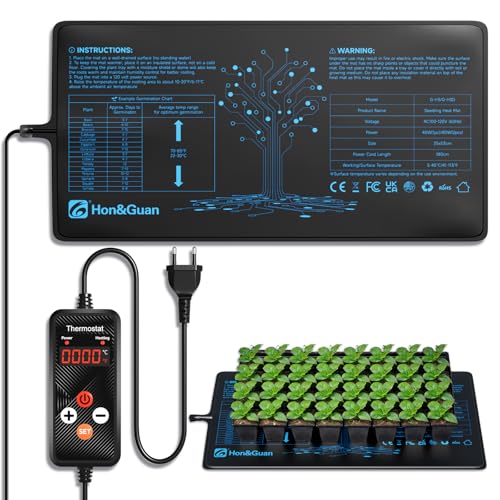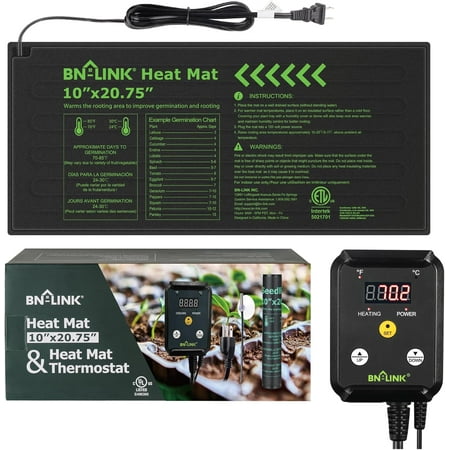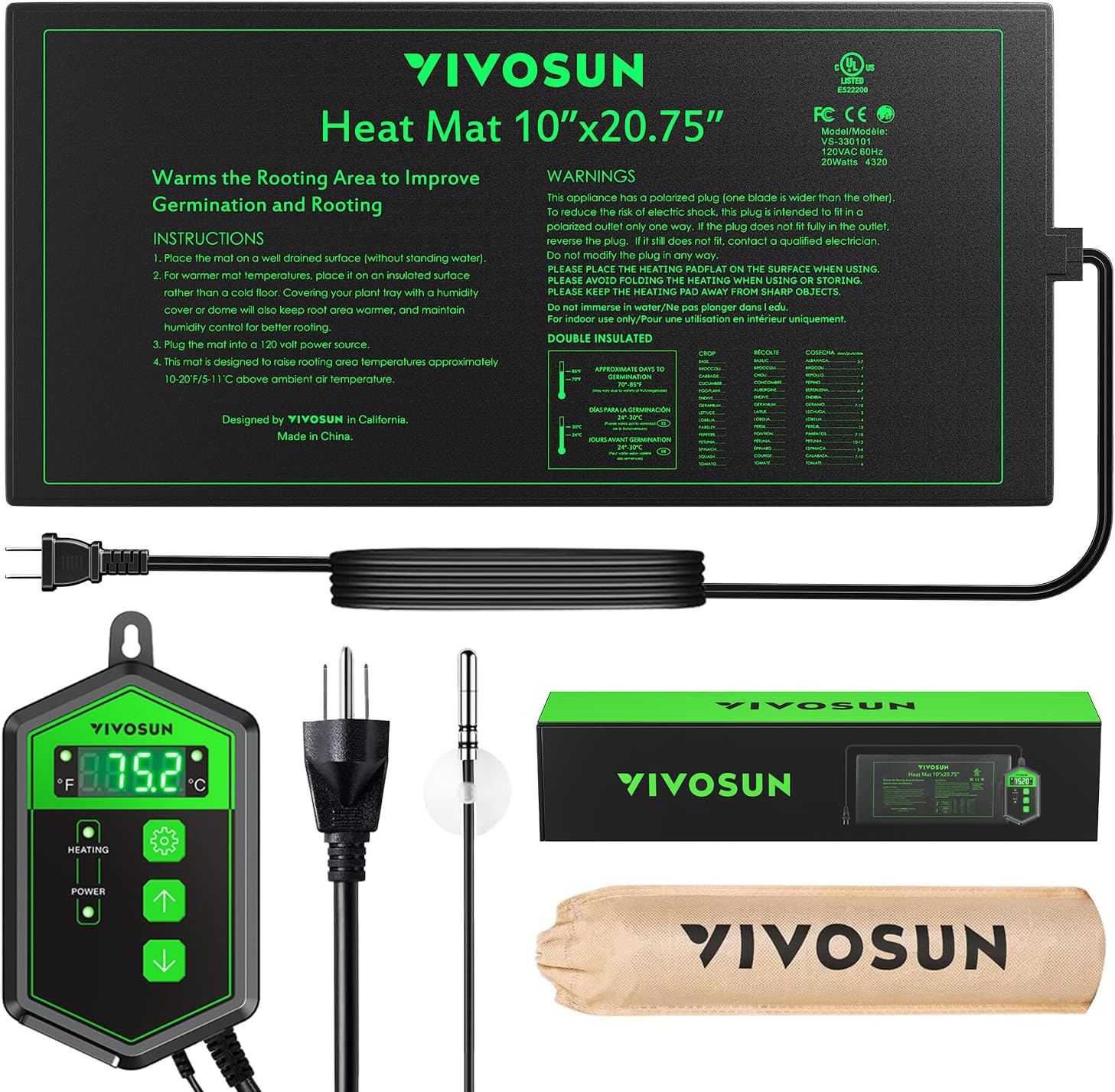My Secret Weapon for Perfect Seed Starts and Overwintering Indoor Plants Costs Less Than $30 – I Won't Garden Without It
Struggling with seed starting or winter plant care? This affordable tool delivers steady warmth that keeps germination on track and houseplants thriving.
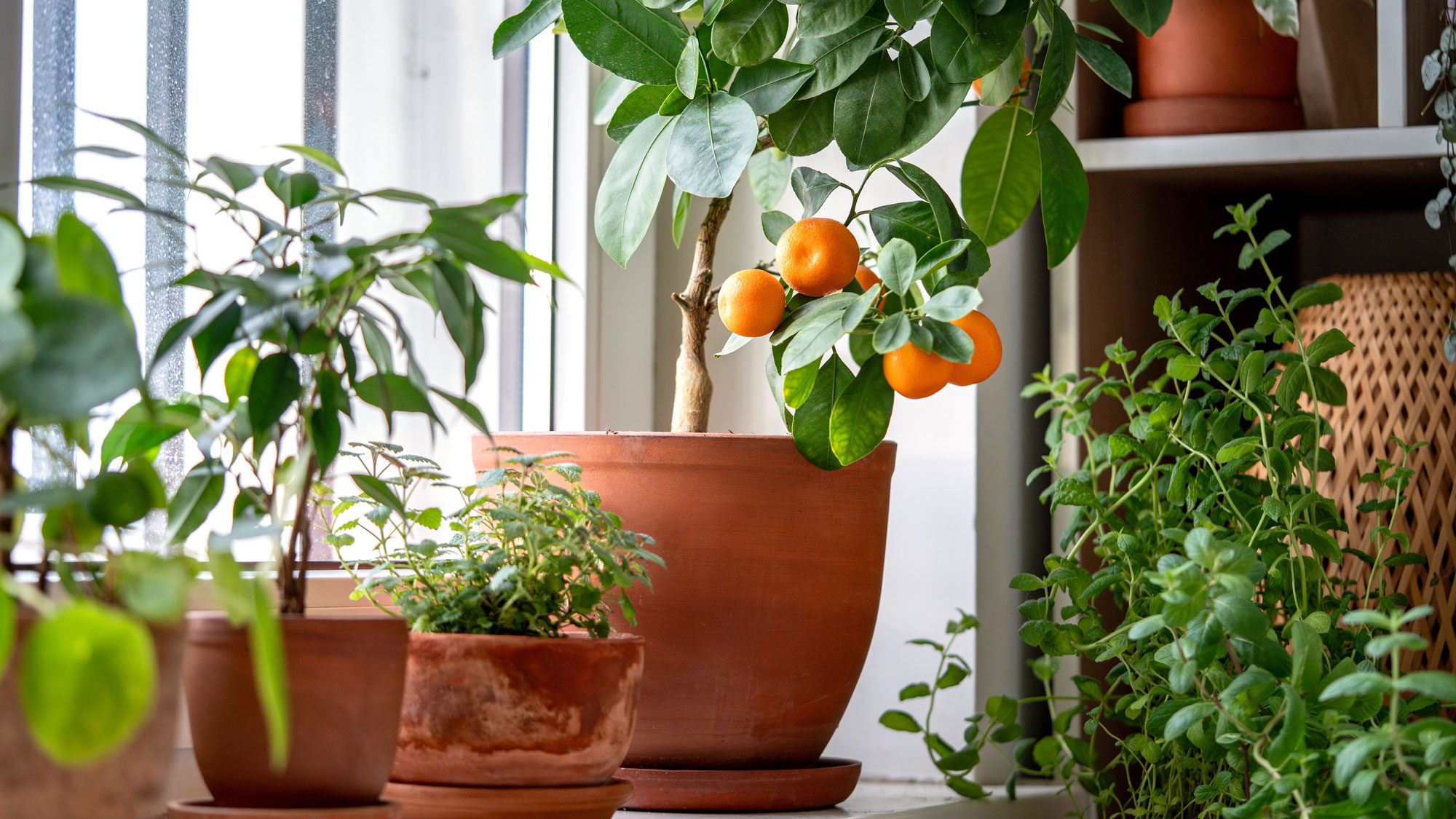

A seedling heat mat is designed to tackle the chill that stalls indoor sowing. This is a frustration every gardener knows: pots sitting damp and dark for days on end; pressing seeds into cool soil expecting life, only to dig up rot. The season is slipping away while you second-guess, and the cold air quietly kills your enthusiasm.
The fix for effectively starting seeds lies in warming the base, where it counts the most. Seed starting heat mat setups keep things simple with a plug-in pad that you position under trays. They gently nudge soil to life, and even finicky seeds like basil can be coaxed into germination.
Using heat mats for starting seeds indoors opens up the calendar, letting you sow earlier for stronger transplants that hit the garden running. Experiment with one under your next flat. They are also a boon for houseplant enthusiasts, keeping finicky tropical plants warm and cozy over the coldest months.
The Indoor Growing Problem
Indoor air hovers 55 to 65°F (13-18°C) in most homes during winter. This is fine for us, but cold for types of seeds that crave 70°F (21°C) or more to break dormancy. Soil can be even colder, pulling heat from the room, leaving pots perpetually damp and dark – creating perfect conditions for fungi to thrive but sprouts to stall. This mismatch drags germination from days to weeks, or worse, to nothing.
Gardeners feel it in the delay – tomato seeds meant for March push into April, missing prime transplant windows that mean smaller yields come summer. It's the sort of setback that discourages, especially for beginners chasing that first green push without the advantages of starting seeds in a greenhouse.
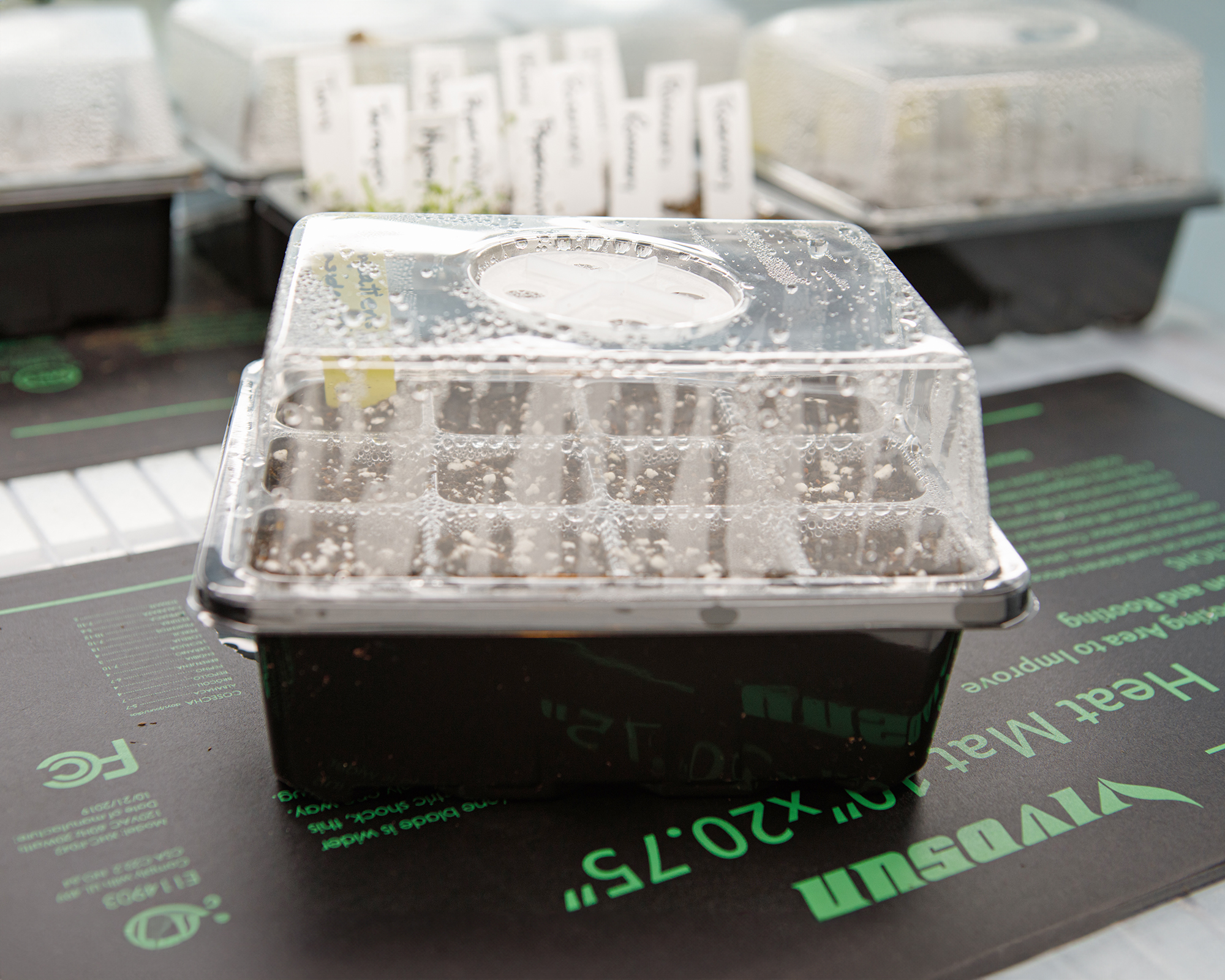
How Heated Seed Mats Work
A seed heating mat warms the root zone for consistent sprouting on even tricky types like peppers. Unlike space heaters that toast the air unevenly, mats focus energy where it matters, drawing moisture up without overhead drench that invites rot. They're the quiet hero for apartments, plugging into standard outlets without the hum or hazard of lamps.
This precision pays in time saved and confidence gained – flats like these MIXC Seedling Trays from Amazon will be full of even sprouts. That means less thinning and more planting – and, most importantly, keeping the growing season on track.
Sign up for the Gardening Know How newsletter today and receive a free copy of our e-book "How to Grow Delicious Tomatoes".
Cutting Germination Time
Mats slash wait times by half for basil or eggplant – from 14 days to 7 – freeing counters for the next batch and syncing with outdoor thaws. Slow growers like leeks, notorious for 21-day dawdles, pop in under 10, their uniformity easing transplant without the weaklings that flop in the bed. The payoff shows in robust seedlings that root fast outdoors, leading to harvests that stretch longer into fall.
Gardeners who use heated seedling mats report fewer failures overall. It's not magic, just the necessary warmth that many seeds and plants need to thrive.
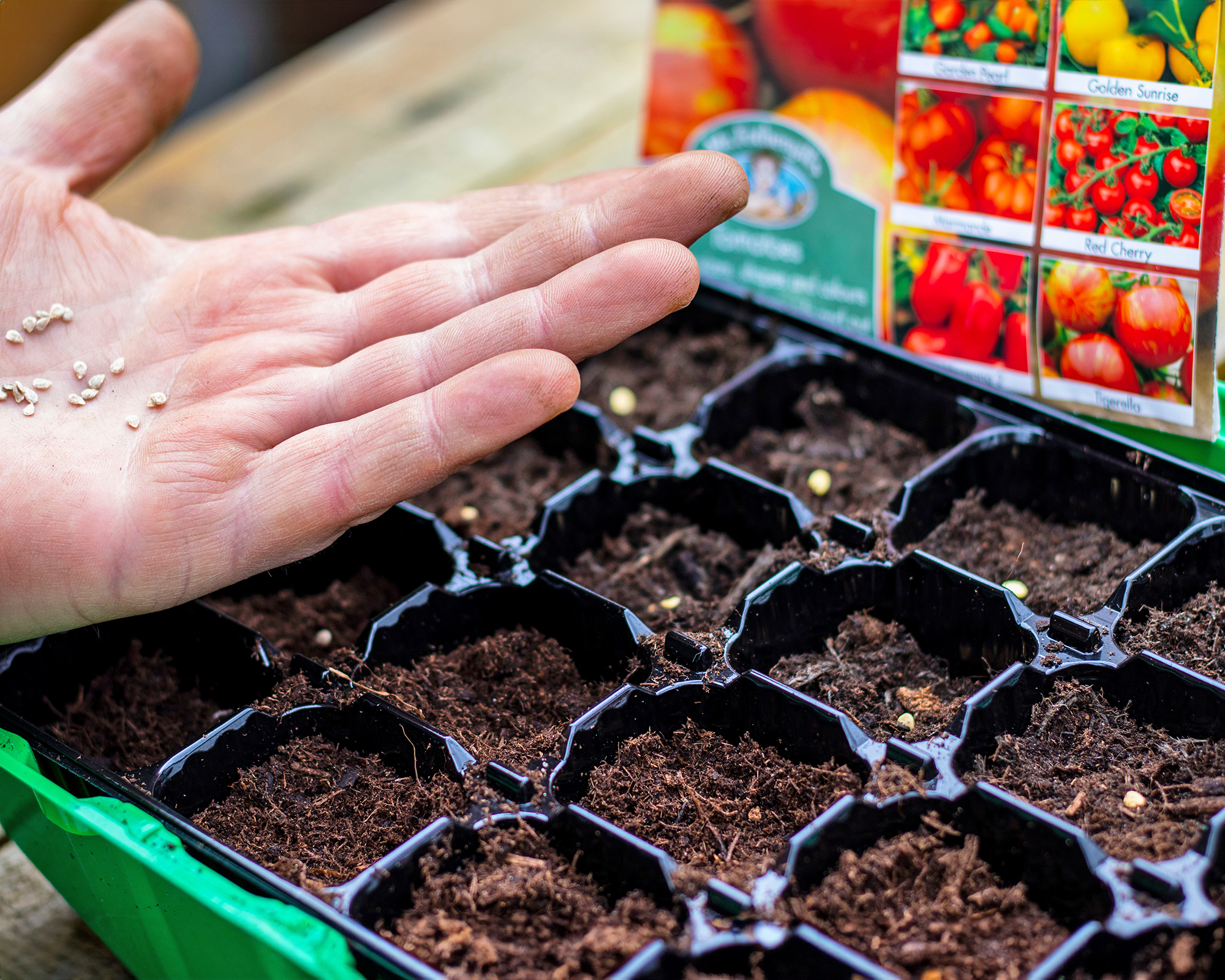
Bottom Heat vs. Air Temp
Bottom heat targets the soil where seeds sense warmth first, raising temperatures 10 to 15°F (6-8 °C) without spiking room air, which can lead to wilted tops or breed mold. Air heaters blast everything, scorching leaves while bottoms can lag behind; while mats with thermostats provide zone-specific steady warmth that mimics spring soil, coaxing roots to reach without the stress of uneven climates. It's almost set-it-and-forget-it.
The difference hits home in dedicated flats – heat-hungry tomatoes thrive over the pad's even blanket, while cool-air lovers like lettuce get their own cooler spot nearby.
Uniform Warmth
Most veggies germinate best at 75 to 85°F (24-29°C). Mats hit this precisely with adjustable dials that prevent cook-off in sensitive batches. Cucumbers crack at 80°F (27°C), petunias prefer 75°F (24 °C) – the mat dials in without guesswork, its surface warming is uniform. There are no hot spots. This control extends your waves of harvest and keeps them rolling without downtime.
Uniform warmth yields uniform sprouts, all breaking soil together rather than stragglers that stretch for light and end up spindly. Leggy failures flop in the garden, and their thin stems snap under soil weight; even heat builds stocky starts that root deep from the get-go. This sync speeds thinning and lets you focus on strong ones that promise full beds.
The end result? Flats that transition seamlessly to pots. Their vigor carries through to harvest without the patchiness of staggered groups. It's the consistency gardeners hope for when planting those first seeds of the season.
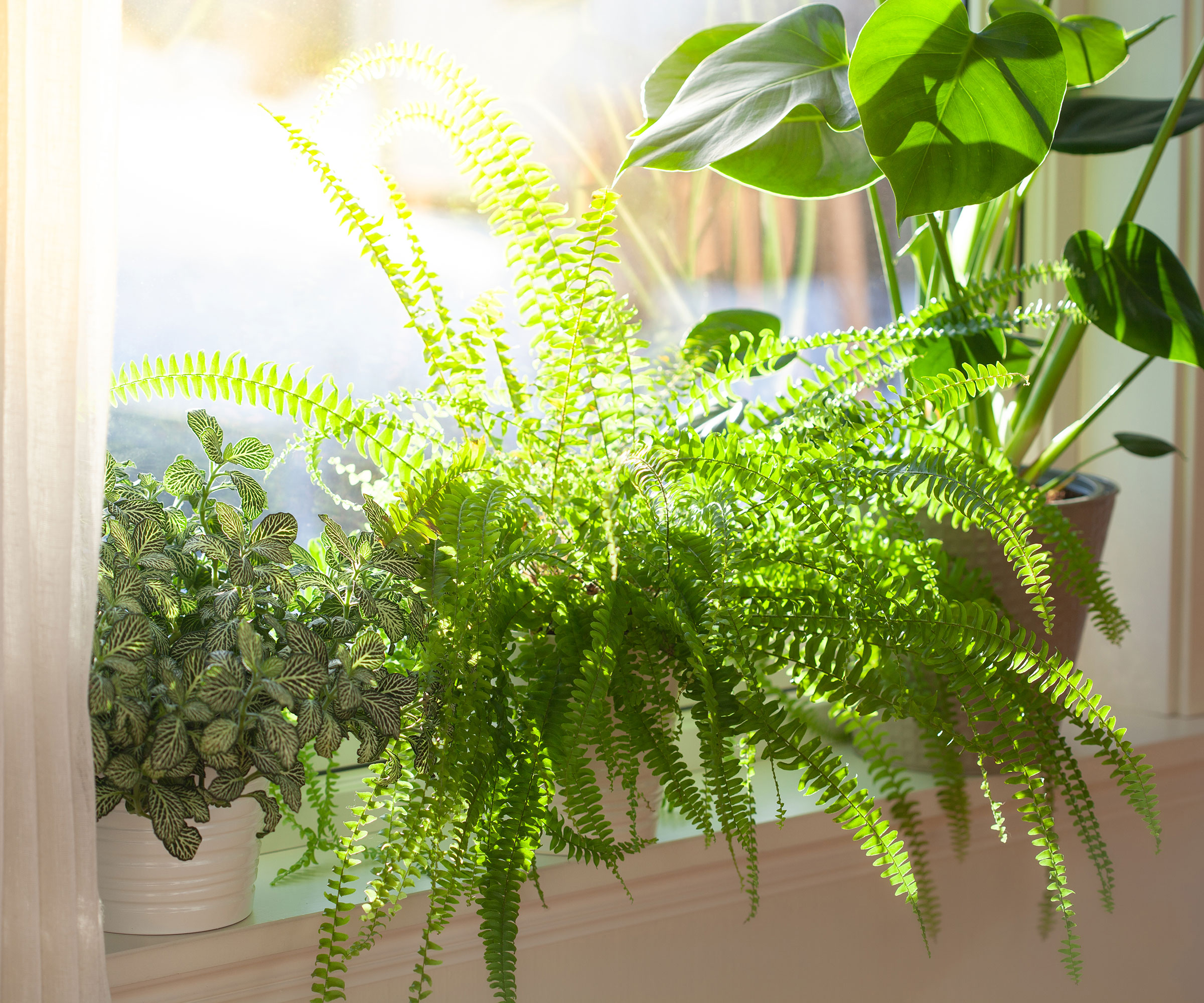
Where Seed Heat Mats Fail
Thermostat-free mats run hot unchecked, pushing soil past 90°F (32°C) and cooking delicate embryos before they have a chance to sprout. Basic models lack dials. Their constant output ignores seed needs that vary by type. Overheat kills quietly and leaves empty cells that mock the effort.
The fix is simple: opt for probed versions that cycle on-off, as they hold steady without surge. Gardeners who learn this early save batches that would otherwise hit the bin.
Best Heated Seed Mats with Thermostats
Are They Necessary for All Seeds?
No. Cool crops like lettuce or peas need 40 to 80°F (16-21°C) for germination, putting their best foot forward in a chill that seed heating mats prevent, often leading to rot or early bolting before anything useful shows up. The extra warmth forces them to stretch thin or cook in place since their cold-adapted systems just shuts down past 75°F (24°C), turning what should be a quick win into a waste of good seed and pot space.
Stick to the match – warm-season like tomatoes get the pad, and cool ones like spinach go without. Using the correct pairing makes the mat a true partner for the packets that need it, keeping your flats full and frustration-free.
When to Stop Using Heated Seed Mats
Seedlings need to cool down a little after sprouting – around 65°F (18°C), to build sturdy stems. Those left on heat mats tend to bake and elongate, leading to leggy seedlings that transplant poorly. Heat lingers, stressing young roots that yellow and drop.
Unplug at first green, shifting to room temp for hardening to mimic outdoor swings. The switch builds resilience that ensures seedlings stand up to garden winds without the wobble of forced warmth.

Tyler’s passion began with indoor gardening and deepened as he studied plant-fungi interactions in controlled settings. With a microbiology background focused on fungi, he’s spent over a decade solving tough and intricate gardening problems. After spinal injuries and brain surgery, Tyler’s approach to gardening changed. It became less about the hobby and more about recovery and adapting to physical limits. His growing success shows that disability doesn’t have to stop you from your goals.
